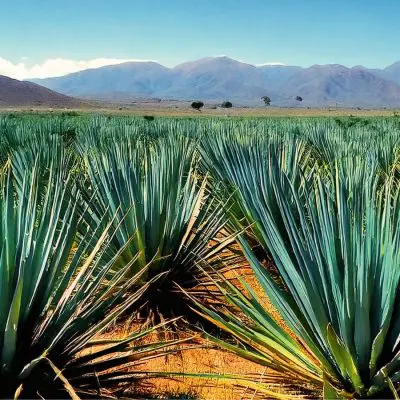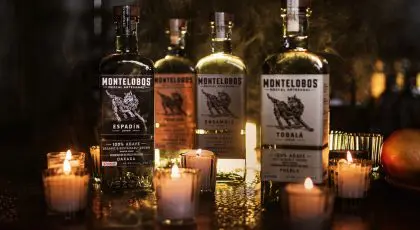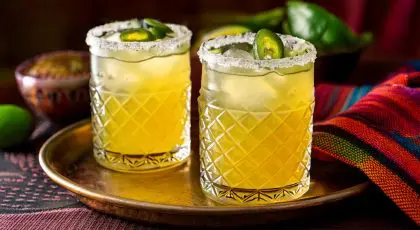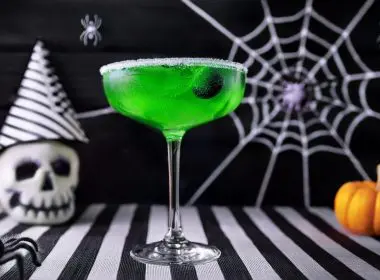Sotol: The Rising Star of Spirits from Mexico
Jump to:
What is sotol, exactly? Excellent question, bestie, because you’ve got your finger right on the pulse of one of this year’s trending cocktail ingredients! Sotol is a distilled liquor with deep roots in northern Mexico, made from the desert spoon plant, or Dasylirion. Once overshadowed by tequila and mezcal, it’s now caught the attention of liquor enthusiasts thanks to its uniquely earthy, grassy flavor.
As both Mexico and Texas expand their sotol production, the world is rediscovering this ancient drink, with craft distillers highlighting its heritage and versatility. Here’s our guide to enjoying it at home.
The origin of sotol

Sotol was first crafted by the folks deep in the Chihuahuan Desert. The name comes from the Nahuatl word tzotollin, meaning ‘palm with long, thin leaves.’. It’s made from the desert spoon plant (Dasylirion), a hardy species that thrives in arid, rocky landscapes across northern Mexico and parts of the southwestern United States.
Here’s the cool part: unlike agave, the desert spoon is polycarpic, which means it can reproduce multiple times before it dies. Talk about sustainable! Indigenous people fermented its juice into beverages long before distillation even came into play, making it one of the literal OG liquors. Today, sotol is a tasty piece of cultural heritage and an environmentally friendly choice for eco-conscious sipping.
Learn more: A Beginner’s Guide to the Different Types of Tequila
How sotol is made

Alright, let’s break down how this desert-born liquor is crafted—it’s a fascinating process that transforms a rugged plant into something truly magical.
First up, harvesting and roasting. Sotol is made with the desert spoon plant, which takes about 15 years to mature. The plant’s heart, or piña, is harvested, stripped of its spiky leaves, and roasted in underground pits. This slow roasting caramelizes the sugars in the piña, giving sotol its signature earthy and smoky undertones.
Then comes fermentation, where the roasted piñas are shredded and soaked in water to extract their natural sugars. The mixture is left to ferment with the help of wild or cultivated yeasts, which kickstarts the transformation into alcohol. The plant’s unique desert environment truly shines here, adding depth and character to sotol’s flavor.
Next is distillation, the step where the magic truly happens. Copper stills heat the fermented liquid, separating the alcohol from the rest of the mash. Traditional producers often distill sotol twice, ensuring a smooth yet complex liquor with a rich bouquet of flavors that reflect its wild origins.
Finally, some batches of sotol will be aged in barrels to develop additional layers of flavor.
Tradition and respect for the land underpin every step of this process, making each sotol variety a true expression of its desert home.
Go pro: How to Throw the Best Mexican-Themed Party, Ever
Sotol aging

Here’s the scoop on sotol and how aging takes it to the next level. Sotol comes in both unaged and aged versions, offering a spectrum of flavors to explore.
Unaged sotol, also called ‘plata’, is bottled straight after distillation. It’s bright, herbal, and grassy, with a raw, earthy character that highlights the plant’s desert origins. This is the purest expression of sotol and a favorite for cocktails where its bold, natural flavor can shine.
On the other hand, aged sotol is matured in barrels, often made of American or French oak. This includes reposado expressions (aged 2–12 months) and añejo variations (aged over a year). This mellowing process introduces aroma layers of warm vanilla, caramel, and spice, which makes it perfect for sipping neat or in liquor-forward drinks.
Alcohol levels in sotol typically hover between 38% and 45% ABV, depending on the producer. Whether you go for unaged or aged, you’re in for a one-of-a-kind flavor adventure that truly captures the essence of the desert.
Cozy up: Warming Espolòn Tequila Cocktails for Cooler Weather
What does sotol look and taste like?
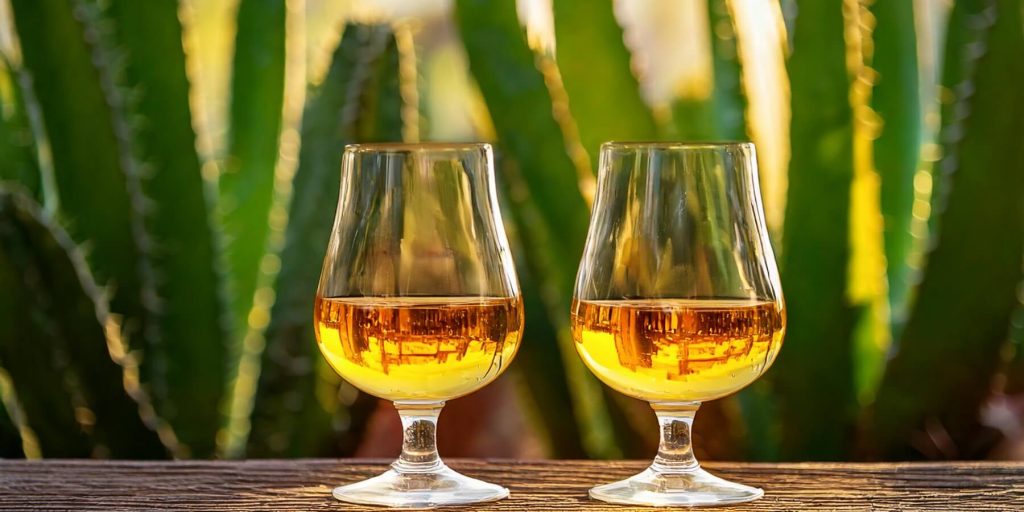
In the glass, sotol is typically clear, with unaged varieties boasting a bright, crystalline look. Aged versions, like reposado or añejo, take on golden or amber hues, courtesy of their time in oak barrels.
When it comes to flavor, sotol is usually earthy, herbal, and grassy, with a hint of smokiness from its roasting process. But here’s the fun part—its taste can vary and change depending on where it’s made. That’s because terroir plays a huge role. Sotol grown in rocky, arid regions might have a minerally, sharp edge, while plants from greener areas can lend softer, sweeter notes.
Each sip of sotol reflects a deep connection to the land, with every variety telling its own distinct story.
Turn Up the Heat: 8 Spicy Margarita Variations You Need to Try
How to drink sotol

In Mexico, people often enjoy sotol neat, serving it at room temperature to fully appreciate its earthy, herbal flavor and complex aroma.
It’s sipped slowly, much like fine tequila or mezcal, allowing drinkers to savor its connection to the land and the care that goes into every bottle. Traditional pairings might include citrus wedges and a pinch of salt to enhance its natural brightness.
Temperature can impact the way sotol tastes—serving it too cold can mute its more subtle flavors, while room temperature allows its full range of notes to shine. And, of course, it makes a great base for cocktails, adding depth and character to every mix.
Now you know! We hope you enjoyed this short and sweet intro to sotol and how to enjoy it at home. Tag us when you share your cocktail creations onlin (opens in new window)e and remember to sign up for our newsletter (opens in new window) to be the first to receive the freshest drinkspiration every month. In the meantime, visit Montelobos (opens in new window) and Espolòn (opens in new window) websites for more Mexican vibes!
